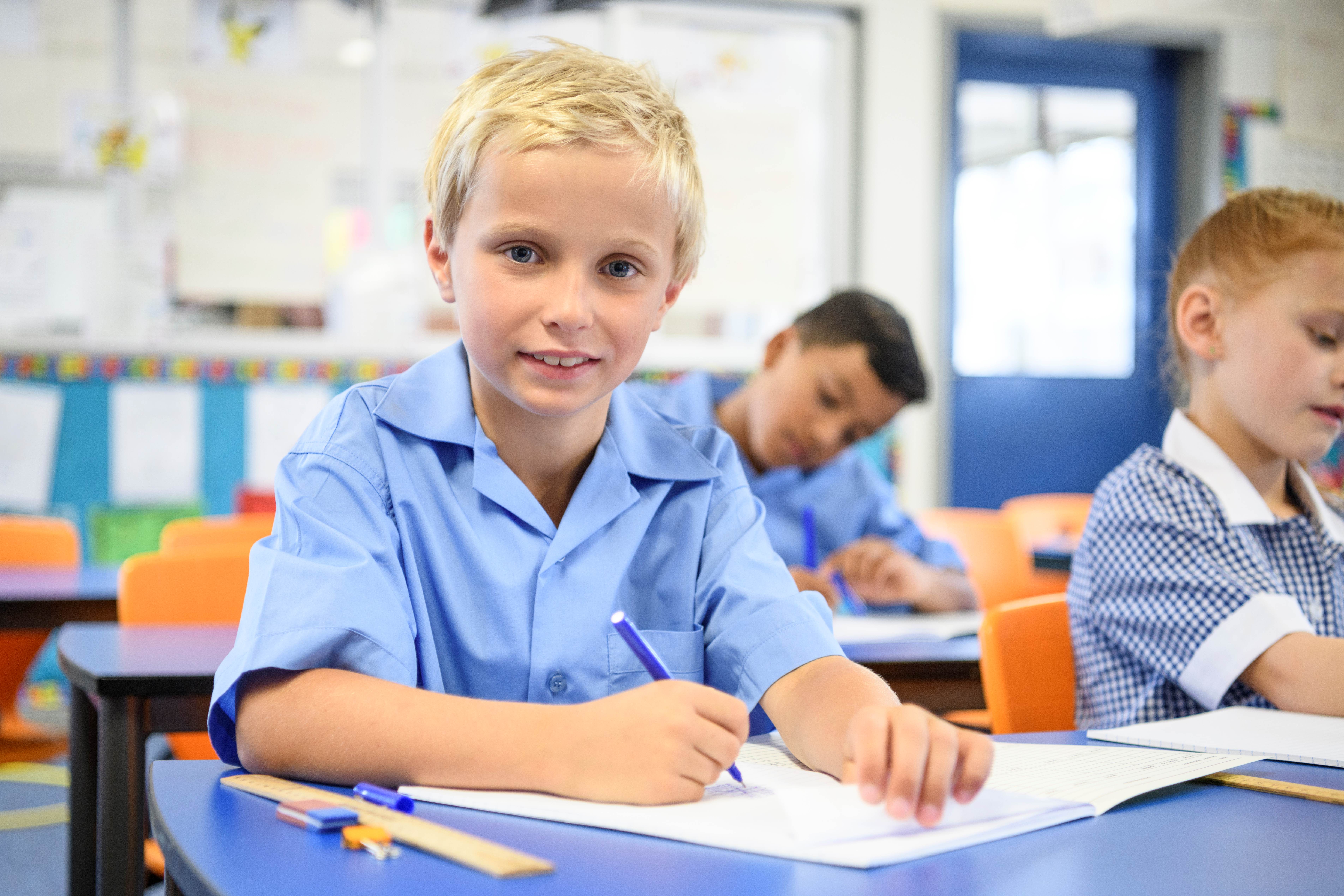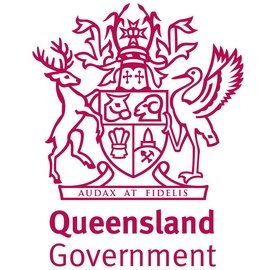Melbourne speech pathologist Alison Clarke works with children ‘in the bottom 20 per cent’ of literacy proficiency, and says the font taught to Victorian students – beginner versions of Victorian Modern Cursive – is unnecessarily confusing for novice writers.
Too often the handwriting style, which was developed back in the mid-’80s, makes ‘n’ look like ‘m’, ‘r’ look like ‘v’, and ‘k’ appear as a ‘R’, Clarke flags.
“We have kids come in here doing their ‘e’s backwards. They don’t know that ‘j’ is a hanging down letter, and they write it like a backwards ‘i’.
“You think, ‘I’ve got some really weird letters here’.”
These children are reluctant readers and haven’t had much practice writing, but Clarke says not having a single national approach to teaching efficient, legible handwriting is complicating the picture and no doubt creating confusion for those who move schools interstate.
There are currently five approved handwriting styles for beginners, most with manuscript, pre-cursive and cursive versions across the country, Clarke notes.
“I wish we just had a really simple manuscript way – no building before (letters), no ‘joiny bits’, just a really basic handwriting style that Aussie kids learnt as beginners,” she says.
“The research now says that a mixed style is faster, because I suppose some of those loops and things in cursive are extra time to do … precisely.”
The expert believes many teachers have likely missed out on learning evidence-aligned handwriting instruction in their university training.
“So, the mechanics of handwriting, I think, have been really under-taught. And that’s not a criticism of teachers. That’s a systemic problem,” Clarke notes.
It’s well time that federal Education Minister Jason Clare made moves to bring some uniformity to the handwriting scene in schools, the expert urges.
“I had a few people say to me, ‘I was scarred for life when I had to come to Victoria with your weird writing style’,” Clarke laughs.
The expert is a former colleague of educational psychologist Murray Evely, who led the development of Victoria’s current cursive style nearly 30 years ago.
“I’m sure he was doing his best – but that research is 1980s research,” Clarke says.
“So, it would be great if [Clare] could commission someone to actually figure out what is the best way to get to fast and legible handwriting – it doesn’t have to be any given style, just as long as the core business of each letter is what you need to emphasise for beginners, and then they can add their own style (over time).”
And in the case of Victorian Modern Cursive, children simply don’t see this style in books or indeed in their lives beyond school, Clarke says.
Research from the occupational therapy field should also factor into how children are taught to write, the expert says.
“We have a lot of props and things, there’s a lot of coloured dotted ‘thirds’ paper and slant boards and pencil grips.
“There’s all this stuff that’s available for handwriting, but which of it has got evidence?
“In a vacuum, a lot of things proliferate … [we should] strip back to the essential things that have strong evidence and just do them,” Clarke says.
One barrier here is the fact that much of the research is obscured within paywalled academic journals that provide only a teasing snapshot of the critical data available, she adds.
Handwriting is just one skill novice writers have to grapple with when faced with a blank page, the expert reminds us.
“You’ve got to think of what to write, how to organise it, what the vocab is, how to put the sentences together – and then all the spelling, the punctuation…
“It would be really good to have a system where that was built from the ground-up in a systematic way.”
In June, Victorian Education Minister Ben Carroll declared ‘the evidence is in’, unveiling a plan to embed explicit instruction and structured literacy in every public school.
Clarke is hopeful the long-awaited shift will bring about change in the handwriting department, and young children will soon have a much clearer grasp on what the standard steps and expectations are.
Teachers are in no way at fault for the handwriting situation either, Clarke says.
“Teachers are always doing their best for kids.
“People like me, I’m here focused on the kids who are the weakest in the area, the lowest 20 per cent of kids are the ones that come to us.
“So, I see this big problem. I don’t see the 80 per cent of kids who aren’t doing that badly…”
A 2019 study involving 154 students across seven Australian schools found children’s handwriting predicts their future reading and writing skills.
Murdoch University researcher Dr Anabela Malpique warned that poor handwriting has an effect on vocabulary selection, ideation and revision, while also hindering motivation and writing development.
“Neuroscience studies … show that reading and writing share the same network, in terms of process,” Malpique said at the time.
“And so, they share the same network of processing, handwriting includes obviously the development of both motor skills and visual skills and that is linked to reading as well…”
Clarke runs the Spelfabet website which provides resources and information for those wanting to help teach beginners and struggling readers and spellers about sounds and spellings using explicit, systematic synthetic phonics and knowledge of morphology.















